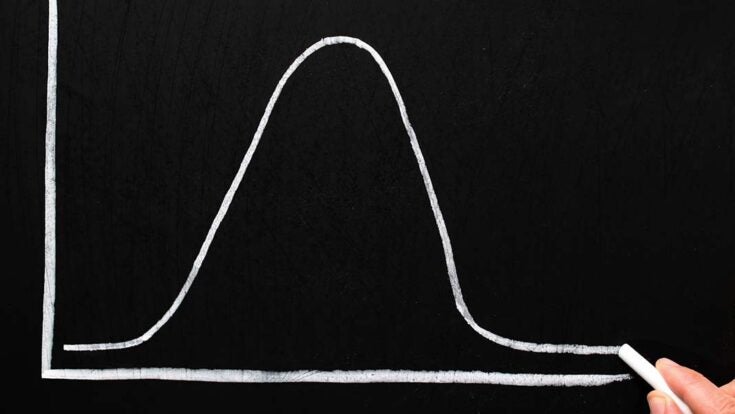Posts Tagged ‘Performance’
You’re Achieving Your Goals, But Are You Achieving Your Potential?
Every month, one of the most important conversations I have is with Lahat Tzvi. While we schedule a 60 minute discussion, they usually last about 2 hours, we have to stop ourselves because they can go on. (Both he and I have taken to blocking our calendars because we know we will go on.) We go from…
Read MoreRead This Before You Promote Your Top Performer
Imagine you have a super star sales rep who has delivered for you and your company time and again. He often is your top performer. Then one day your sales manager leaves your company for a better opportunity, and the first person you think of is your top performer as replacement. Or how about the…
Read MoreTop Performers Do More Of This
I love learning what top performers do and what drives high levels of performance. As a result, I’m drawn to articles titled, “Top performers do this…,” of “X% of sales people doing this outperform everyone else….(And X is a stunningly big number.)” The “this…” varies, usually it’s tied to what the author is trying to…
Read More9 Steps to Improve Employee Performance and Efficiency
Employers can improve their bottom line by getting more out of their current workforce. It isn’t necessarily accomplished by increasing work hours; these days, workers often spend more than 40 hours per week on the job, whether in the office or at home. So how can managers and leaders boost employee performance while saving time?…
Read MoreBuilding on Shaky Foundations
It was an interesting conversation. I was meeting with a very thoughtful sales executive. He was about to make some pretty big investments in training and in technology tools. I asked him why he was making those investments, he replied, “We really need to raise the skills and productivity of the sales people. They aren’t…
Read MoreThe 4 P’s to Help You Build a Great Business
How do you manage a great business, as opposed to be a survivor? Well, here are the four areas you should focus upon every day. Now, some of us remember things better when given a catchy phrase or rhyme. So, here’s one to help you with squeezing the most out of your own available resources. In…
Read MorePoor Job Performance: A Checklist for Managing Low Performers
You’re faced with a challenging task. It feels like climbing Mount Everest, blindfolded. Meet Ashley—she’s an employee at B Players Inc., a classic case of underperformance. She’s neither reaching her goals nor getting the job done. Let’s be honest, with her poor performance she’s a time suck for you as a manager and a profit-killer for…
Read MoreWhat’s Your Bell Curve Look Like?
We tend to think about organizational performance in terms of “bell curves” or some sort of distribution curve. The typical bell curve looks something like this: The performance of our people is on the X (horizontal) axis, the number of our people is on the Y (vertical) axis. The bell curve typically has us thinking…
Read More







